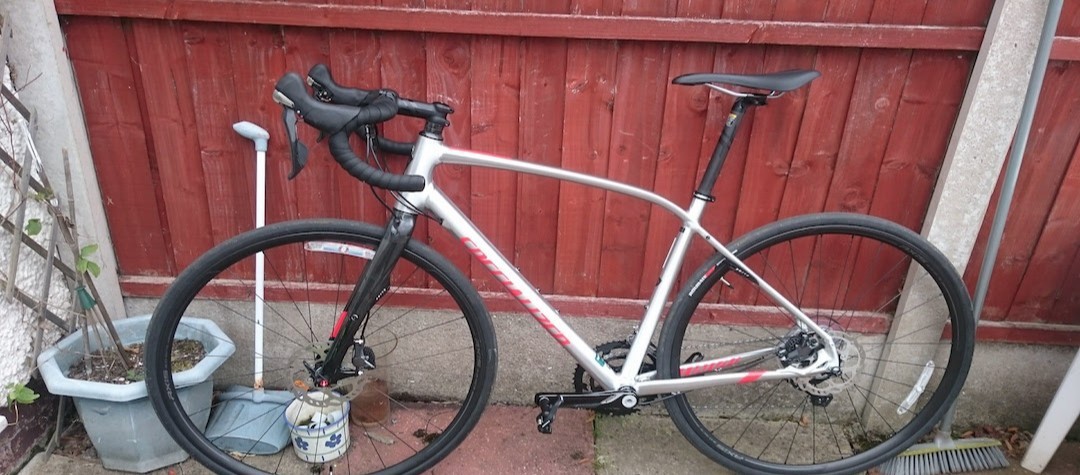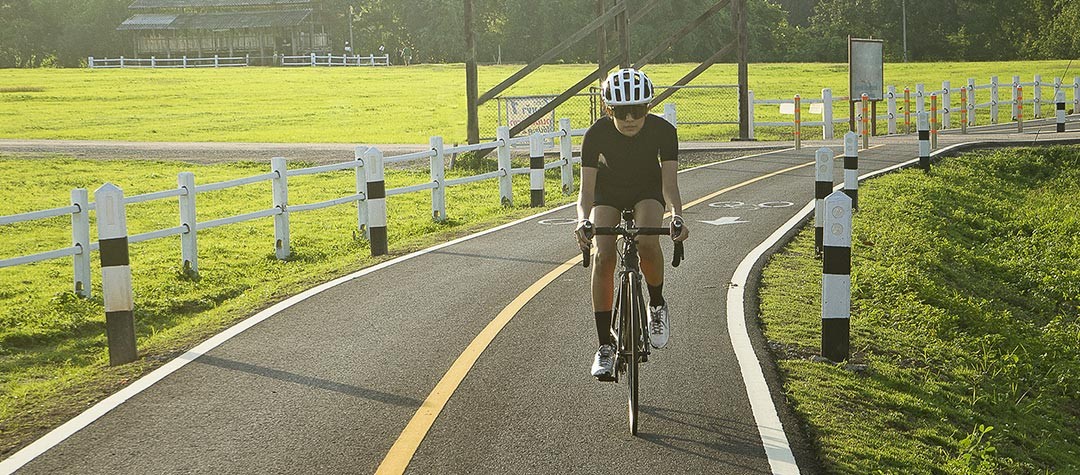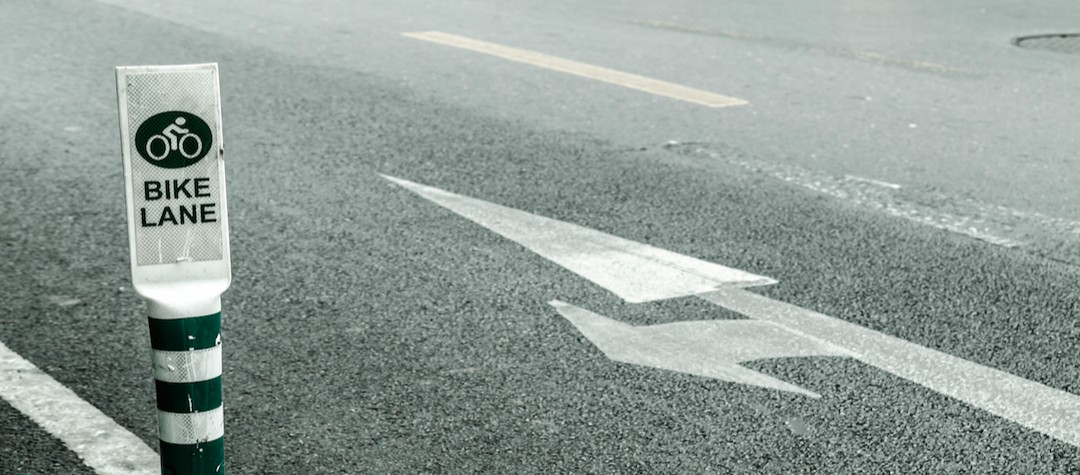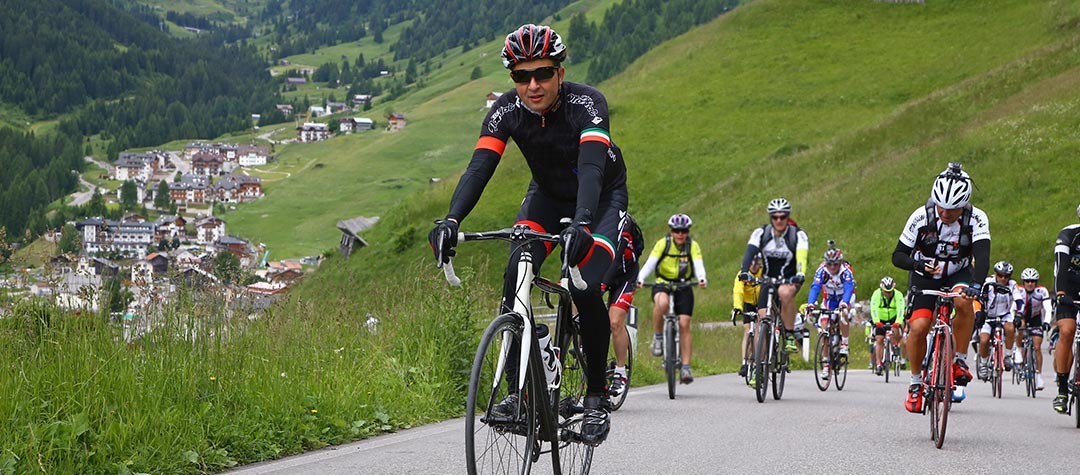The use of disc brakes on road bikes has been increasing among the road cycling community, incuding the pros, so if you are considering switching from rim brakes to disc brakes what are the benefits and drawbacks?
More recently bike manufacturers have been jumping on the disc brake bandwagon, supplying them not only with their mountain bikes (as they have traditionally done), but also fitting disc brakes on many of their road and other offerings. Some traditionalists are still very much anti-disc brake, but for sure when you buy your next bike the choice of brakes will be a major consideration.
So what’s the difference between rim brakes and disc brakes?
All cycle brakes work by applying a brake pad against a surface on a wheel. The difference between rim brakes and disc brakes is where that braking force is applied. With rim brake, the braking is on the outer edge or rim of the wheel, whereas a disc brake applies force on a rotor towards the middle of the wheel.
What is the difference between hydraulic and mechanical disc brakes?
Both types of disc brake have pistons which push brake pads onto a rotor. The difference is how the force applied on the brake levers is transferred to the brake rotor. Mechanical disc brakes function in a similar way to rim brakes in that they use a steel cable to move the pistons. Hydraulic disc brakes, on the other hand, use a fluid filled system so that when the braking lever is depressed, a plunger pushes fluid into the caliper and the brake pads are pushed onto the rotor to slow or stop the bike.
The following pros and cons of disc brakes apply generally to both types whether they be mechanical or hydraulic:
Pros of disc brakes
Better braking power - Disc brakes generate far more braking power than standard rim brakes. For the rider this means having to apply far less pressure on the brake levers, reducing muscle tiredness, especially on long descents where you are constantly having to check your speed.
Consistent braking - Depressing the lever of a rim brake is not always going to give you the same level of braking equal to the force you have applied, but with disc brakes braking force is much more consistent. This means as a rider you’ll be able to judge more accurately how much force to apply to the brake lever to get the desired amount of braking.
Reliability in wet weather - Compared with a rim brake a disc brake performs much better in wet weather. With a disc brake you don’t get that slight delay in braking which is caused on a rim brake as it first has to displace water from the rim before biting on the surface. Disc brakes by their position on the bike and the fact they are self-contained are generally protected from wet conditions, so wet weather performance is largely unaffected.
A faster ride - It is considered that disc brake bikes can actually provide a faster ride. As riders will have more trust and braking power on discs they can brake fractionally later than if they were using rim brakes. This will mean that they spend more time travelling at the higher speeds as they are spending less time on the brakes.
Reduced wear on wheels - Rim brakes inevitably cause wear on the rim surface, especially when combined with grit and dirt in winter, meaning that wheels will wear out far quicker than those on a disc brake equipped bike. Moving the braking point of contact away from the rim means that there is no heat build up on the rim and this minimises the chance of damage to the inner tube or tyre.
Brakes unaffected even when the wheel is not true - As anyone who has damaged the rim on a wheel or their wheel is out-of-true will know, this can present problem for rim brakes will have to be slackened off (or the wheel straightened) to prevent them catching on the rim. Disc brakes don’t have this problem and continue to work effectively even if the wheel is slightly out.
Better clearance - Without the use of a brake caliper either side of the wheel rim, this has allowed the use of much wider tyres on road bikes. A wider tyre increases grip and comfort on a ride. Also more clearance also allows ease of fitting of mudguards for winter which typically would often have been much more of a nightmare task with certain types of caliper brakes.
Cons of disc brakes
Disc brakes weigh more - When road cyclists are often doing everything they can to make their bike as light as possible for speed reasons, the addition of discs brakes will add weight to a bike. Disc brakes, especially hydraulic disc brake systems, are generally heavier than rim brakes.
Cost more - Disc brakes are a costlier option both from the point of view of initial purchase and maintenance. Although disc brake pads will generally last longer than rim pads they are costlier to replace and can be as much as three times the cost of equivalent rim pads.
Difficulty of maintenance - Hydraulic disc brakes shouldn’t need much in the way of day to day maintenance because they are sealed, but when something goes go wrong this can be more difficult to rectify. Occasionally disc brakes may need ‘bleeding’ if there is an air bubble trapped in the system, which isn’t a straightforward task as say adjusting a caliper rim brake.
Not transferable - You couldn’t just transfer disc brakes onto your road bike that has previously been set up for rim brakes and vice versa. The frame and wheels would not accommodate both types. To use disc brakes you’d need a different wheel hub than on standard rim brake wheels, and the fork would need brake mount tabs to accommodate disc brakes.
Discs brakes can be dangerous - Problems can arise when riders in a group are using a mix of disc and rim braking systems, meaning that some are able to brake with different effectiveness than others. In some instances riders have claimed they have been injured by a disc brake following race incidents. However, the governing body for cycling, Union Cycliste Internationale (UCI), has after extensive testing, authorised (from July 2018) the use of disc brakes in the pro peloton. That year saw the first winner of a Tour de France stage using disc brakes. Discs had already been permitted for use for cyclo-cross, mountain bike, trials and other mass participation events and their use is likely to proliferate across the whole pro peloton.
So what brakes should I choose then?
Choice of brakes ultimately comes down to personal choice. There are some riders who are happy with rim brakes and probably won’t ever change. A rim brake is usually more than capable of giving you the braking you desire and it’s lightweight nature means that the rider looking for those marginal gains probably won’t want the extra weight handicap that comes with disc brakes.
For the average rider who rides for fun and not to race, then disc brakes, with their improved consistent braking, has it appeal. For the commuter or the winter rider, disc brakes can give you that extra security when riding in the wet.
As disc brakes become more and more commonplace on road bikes, and among the pros, improvements will inevitably follow with trickle-down technology from the top echelons of the sport and the costs will likely fall. Your average rider, once they go to disc brakes will probably never go back. It is probably fair to say that the improved braking performance, especially in the wet, probably outweighs the risk of injury from the discs.







